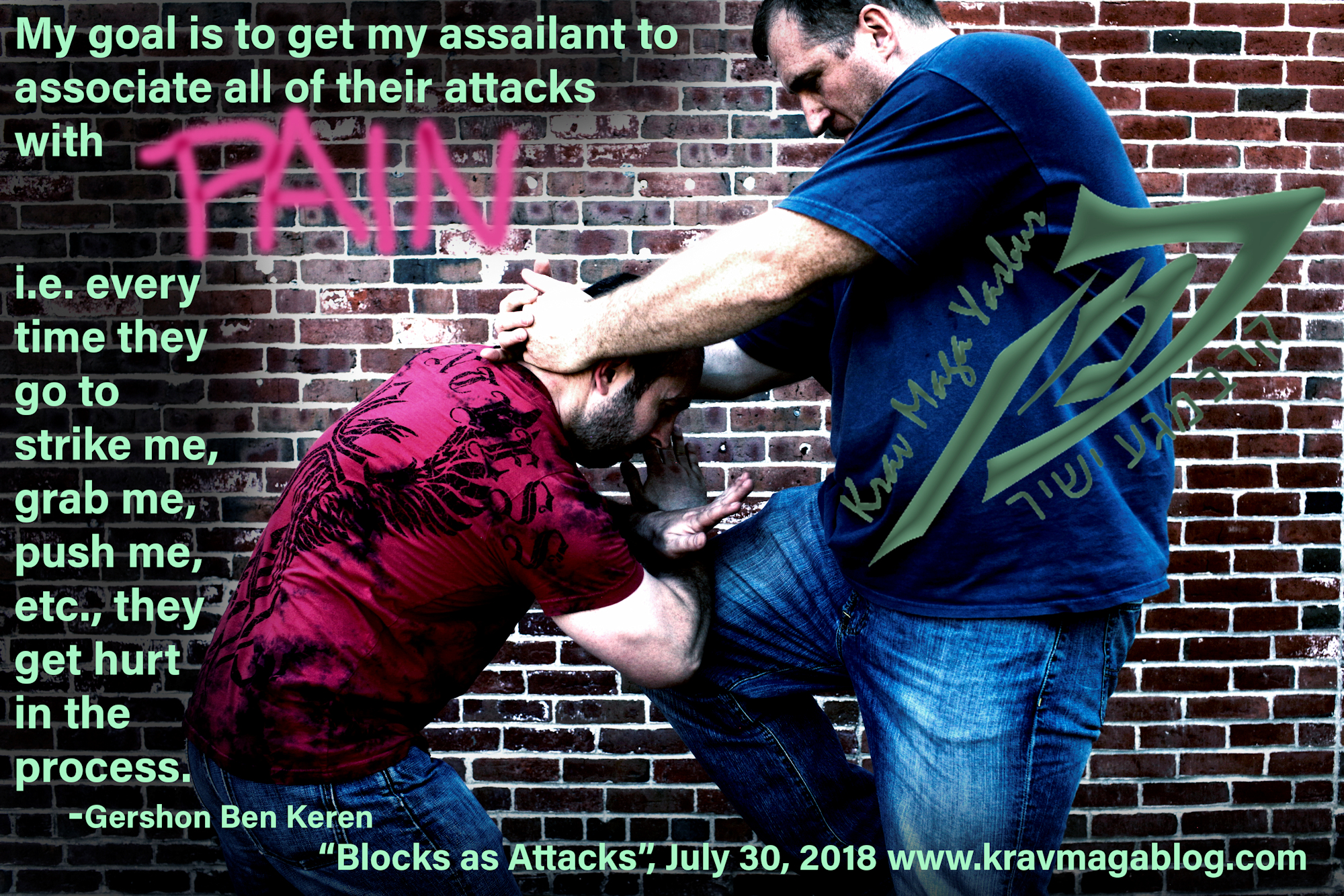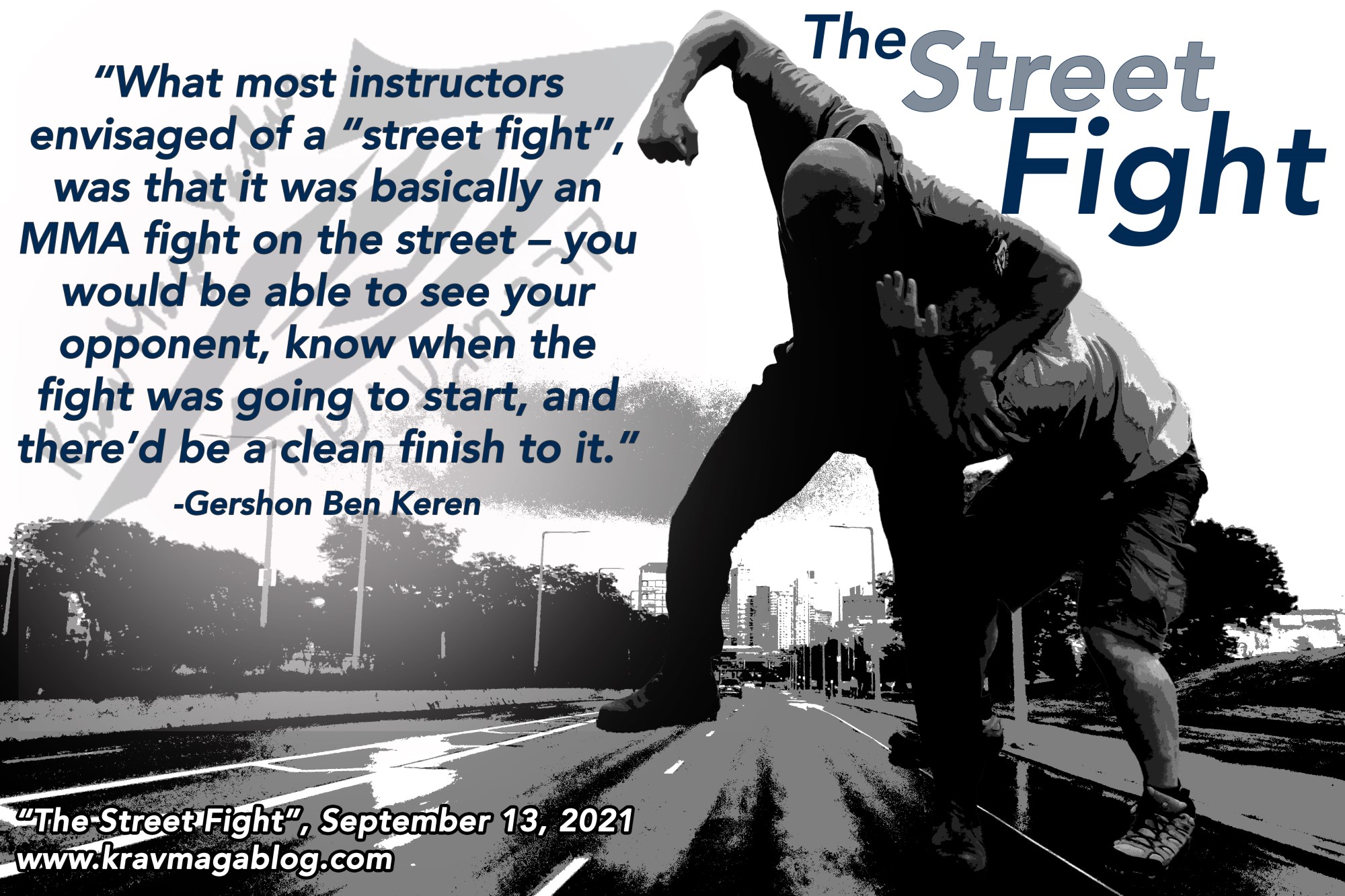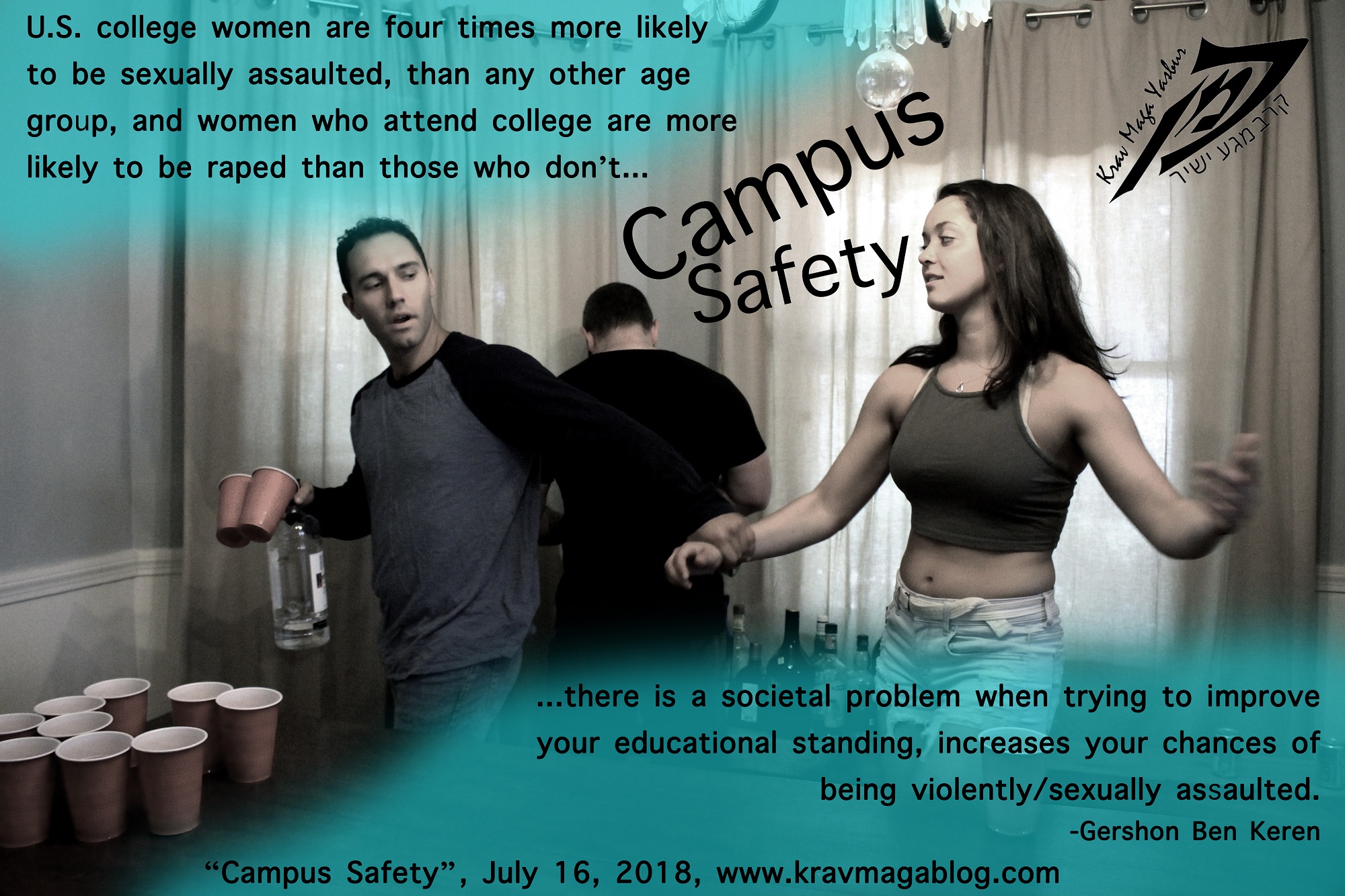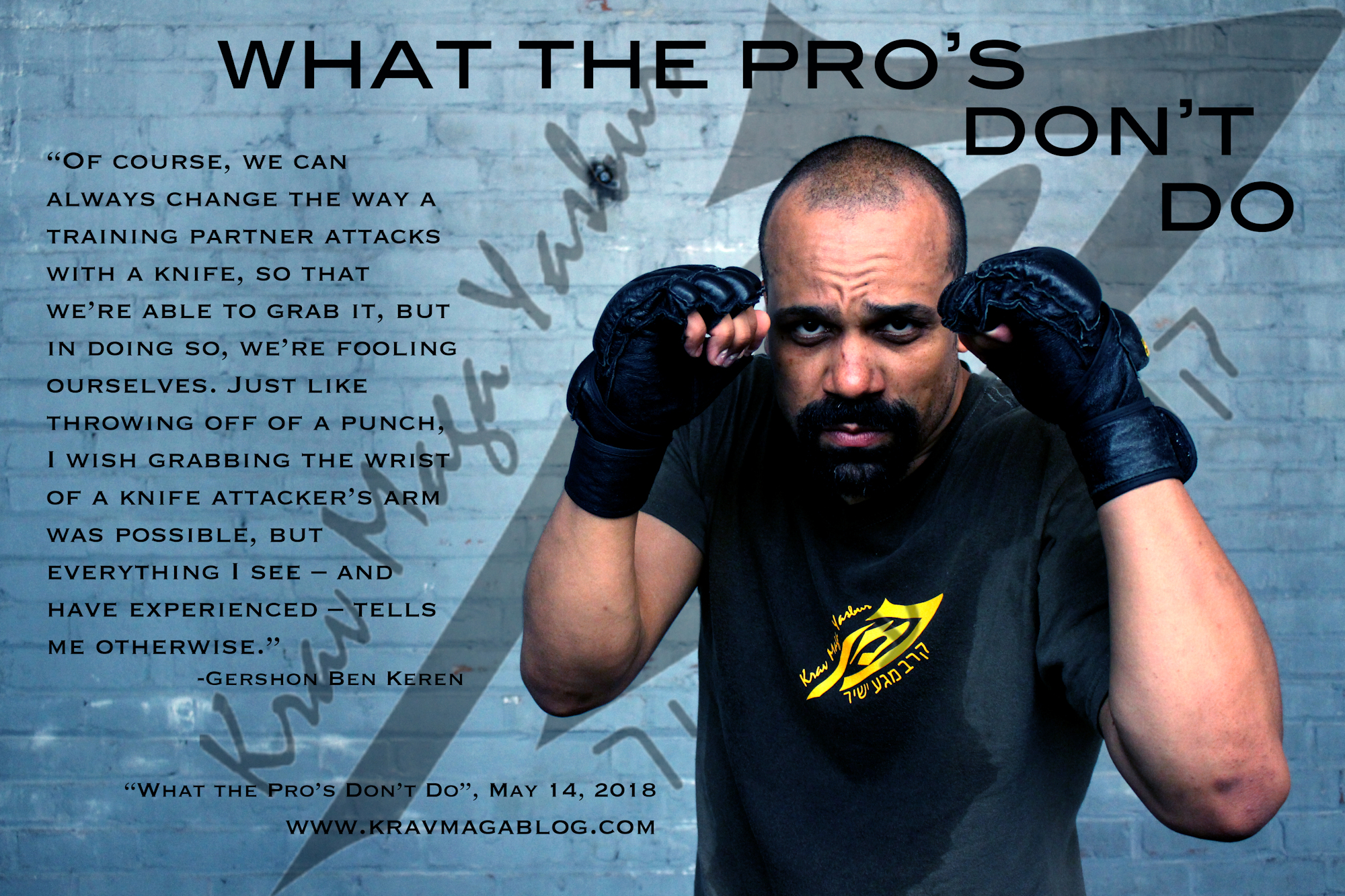Dog Attacks, is an article written by Gershon Ben Keren, a 5th Degree Black Belt in Krav Maga, who teaches Krav Maga in Boston, MA. He has also authored three Amazon best-Selling Books on Krav Maga.
I was recently contacted by someone in the UK, asking me to write a piece on dog attacks. Firstly, I will caveat this article by saying this isn’t a specialist area of mine, however I will share some of the things those who are expert in the field have taught and shared with me. I will also try and address some of the issues around dealing with aggressive individuals who use their animals as “weapons” – something that the person requesting the blog article mentioned.
Firstly, as an animal lover I am in utter contempt of those individuals who train dogs to be aggressive and violent towards other animals and/or humans. I see it as a gross manipulation of an animal’s good character traits, that in short leaves them unfulfilled and unhappy, which makes it an act of cruelty. To take a dog’s instincts around loyalty and protection and to twist these in a way that causes them to become aggressive towards other creatures, is an act of pure evil; and the individuals who engage in these acts should be banned for life from owning any animals. In short, whilst there are breeds etc. which have a propensity towards aloofness, protectiveness and defense, it is in almost all cases bad handling and misunderstanding by the owners which causes dogs to be overly aggressive. This does mean that there are some breeds which need experienced rather than novice owners, and may not be suitable for all social situations etc.
A dog may attack when it detects a threat, either to itself, a member of its pack, or to what it regards as its territory. Certain breeds are more territorial than others, and understanding this can help you deal with a dangerous dog e.g. a Rottweiler, which is a very territorial dog, may not pursue you once you move out from what it regards as its space, an Alsatian/German Shepherd on the other hand will chase you to the end of the world. This does not mean that turning and running would be a sensible option, as this can stimulate a dog’s natural chase instinct – dogs have a prey drive, that fast motion can trigger and so moving slowly is a safer/better option. Backing away, slowly and moving away whilst facing an aggressive dog is a much safer way to disengage. If you have OC/Pepper Spray, drawing it in preparation of an attack is a good defensive measure. On a side note to this CS/CN Sprays, which are basically “tear” gases will not be effective against dogs, as they don’t have tear ducts; only pepper spray will work. Obviously for people living in the UK, pepper spray is restricted to law enforcement and security personnel so this isn’t an option.
As you back away blade yourself sideways and put your arm out in front of you (make sure that you make a fist, so that the dog can’t get hold of your fingers). Putting your forearm out in front of you does two things. Firstly, it means that this is going to be the first thing that the dog can attack, and although painful, it is better to get bitten on the forearm than fleshy parts of your body, which can be torn, or sensitive areas such as your throat. Secondly, putting your arm out in this way tells the dog that you are trying to protect your space i.e. you are not interested in their territory, and so are not actually a threat to them. At the same time avoid direct eye contact, as you don’t want to be seen as challenging the dog. Try and get a good solid base, as you back away, as the last thing you want to happen in a dog attack is to get dragged to the floor – at that point you really are at the mercy of the dog, and will probably need somebody to pull them off you (I will talk about how to do this effectively later in the article).
If you do go to the ground, protect your fleshy parts, by curling up, getting on to your knees and protecting your face, chest and throat. This means not extending any limbs so that the dog has nothing easy for it to latch on to.
If the dog does attack your arm, come forward to meet it. Dogs are very powerful when moving forward but aren’t good at moving backwards – if you’ve ever seen a dog try to back up, they’re not the most agile creatures when moving in this direction. Offer your forearm to their jaw, and push it as far back in its mouth as possible – this is where it’s jaw leverage is less, and the bite less powerful. Push your arm back and step in so the dog is forced backwards, on to its hind legs. Resist the temptation to pull your arm away, as this will give the dog the chance to reapply its bite. If it’s wearing a collar, try and grab it with your other hand as this will give you a chance to control its head. Once you have a good grip, push its head down towards the ground, pulling it forward whilst you keep your forearm in its jaw. This is all stuff that is great on paper but truly difficult to apply in a real-life situation with a dog over 40 lbs – there’s a good reason why law enforcement and security agencies use dogs; they’re fast, agile, and they keep going and going, plus their pain tolerance is ridiculous.
If you are dealing with someone who has an aggressive dog, and is using it to intimidate you, your best bet is to try and deal with the individual rather than the dog. After, being contacted to write this article I did some research on the extent of this problem in the UK, and it seems a significant threat in Scotland, North Wales, Merseyside and Teeside, and one that is unfortunately on the rise. It seems there are a number of predominately young men who are training aggressive behaviors in their dogs, and setting them on other people and other animals whilst filming them – the problem has become so great in certain parts of the country that people refuse to walk their dogs, or use the same spaces that these individuals hang out in. It seems that law enforcement and the authorities have been slow to react or seem powerless to deal with the problem. Avoidance of these areas and these individuals is probably the safest way of dealing with them, and not appearing as either a threat or a victim, when near them. Good de-escalation skills are always going to help you.
If you have to deal with a dog that is attacking a friend etc. your most effective way of dealing with the danger is to come behind the dog, clamp it with your knees, and use its collar to choke them, either by grabbing it and pushing your knuckles into the side of its neck, or if possible tightening it, so the dog has trouble breathing. Don’t immediately pull the dog away, but wait till it releases its grip. If your choke is ineffective you can reach round and push two fingers into the dog’s throat, forcing a gag reflex – once the bite is released pull it upwards and back.
This article is certainly not an exhaustive way on dealing with aggressive and attacking dogs, and it should be recognized that applying the theories contained is not easy, nor without danger, however it is always better to have a plan – along with its possible imperfections – than no plan at all. Even having some idea of what to do, can help you keep calm in a dangerous situation, and when dealing with aggressive dogs, this alone may be your best defense.
0 COMMENTS














